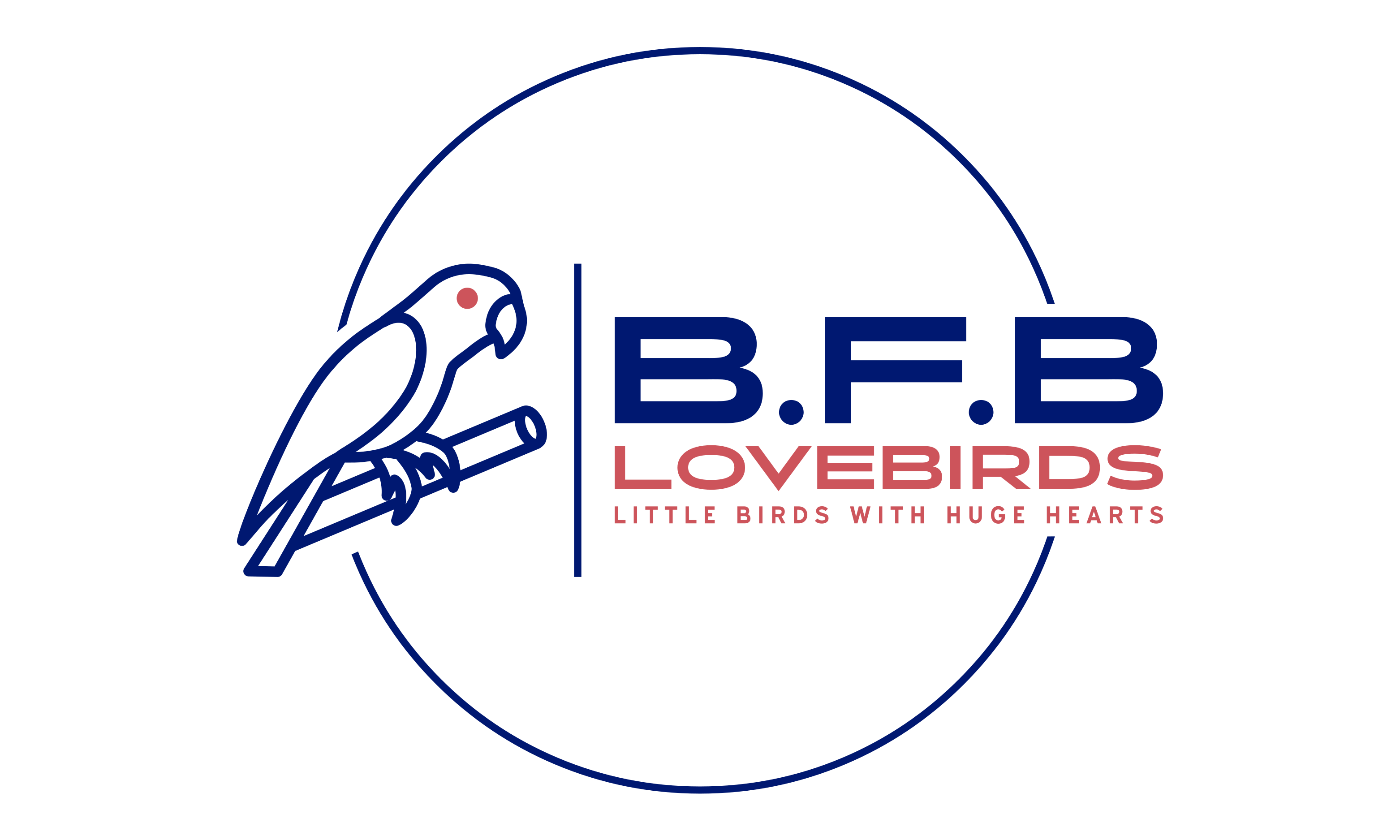
Babies – First 6 weeks
### The First Six Weeks of a Lovebird’s Life: A Journey from Helplessness to Independence
#### Week 1: The Fragile Beginnings
In the first week of their lives, lovebird chicks are incredibly vulnerable and fragile. Hatching from eggs roughly the size of an olive, they emerge featherless, blind, and entirely dependent on their parents for warmth, food, and protection. At this stage, the babies are often described as “little pink jellybeans,” their translucent skin showcasing a labyrinth of developing veins and organs beneath.
During this period, the parents share responsibilities meticulously. The mother usually keeps the chicks warm by “brooding,” which involves sitting on them and spreading her feathers to create a natural incubator. The father typically steps in to feed the chicks and the mother. In the lovebird world, teamwork makes the dream work. The chicks consume “crop milk,” a nutrient-rich liquid produced in the parents’ crops, which is essential for their growth and immune system development.
#### Week 2: Early Signs of Feathers and Increased Appetite
In the second week, pin feathers—tiny, quill-like structures—start to emerge, particularly along the wings and back. These are the earliest signs that feathers are about to sprout, offering a primitive protective layer for the still vulnerable chicks. By the end of this week, their eyes will also begin to open, revealing dark, glossy orbs that will later turn into vibrant, expressive eyes.
Their diet gradually changes at this stage as well. As the chicks’ digestive systems develop, parents introduce semi-digested seeds and softened fruits to their diet, teaching them to transition from crop milk to a more diversified meal plan.
#### Week 3: The Fluffy Phase and Socialization
As the chicks cross the two-week threshold, they become fluffier, thanks to the “down feathers” that begin to cover their bodies. These feathers serve as excellent insulators, keeping the chicks warm without the constant need for their mother’s brood. Their eyes are now open, absorbing the world around them, full of curiosity.
Week three also marks the time when socialization skills begin to form. The chicks may start to interact more with their siblings, engaging in “baby talk,” a series of chirps and whistles that pave the way for more complex vocalizations. It’s a time of bonding and learning the fundamentals of lovebird etiquette.
#### Week 4: First Steps and a More Complex Diet
Week four is an exciting time for lovebird chicks. At this stage, they may take their first wobbly steps and explore their immediate surroundings. Clumsy and awkward, these steps are significant milestones that signal the onset of independence.
In terms of diet, week four also brings a noteworthy shift. The parents start offering whole seeds and small pieces of fruit, no longer needing to regurgitate the food. The chicks learn to peck and chew, mastering the art of self-feeding, albeit with occasional spills and messes.
#### Week 5: Growing Flight Feathers and Vocalization
By the fifth week, the primary flight feathers start to grow in earnest, replacing the pin feathers. While the chicks are not yet capable of flight, these feathers are a sign that the fledging stage is near. At this point, the chicks begin to resemble miniature versions of adult lovebirds, albeit clumsier and less coordinated.
Vocalizations become more complex during this time. Mimicking their parents, the chicks start to produce a wider range of chirps and calls. These sounds serve as practice for the intricate vocalizations they’ll need for communication as adults.
#### Week 6: The Dawn of Independence
The sixth week is the culmination of weeks of rapid growth and development. The chicks’ feathers are now nearly fully developed, and they are almost ready to fly. They are weaned off their parents’ food and are now proficient at self-feeding, eating seeds, fruits, and occasionally vegetables with enthusiasm.
This week also marks the first clumsy attempts at flight. Short, unsteady flutters evolve into more controlled flights over short distances. It’s an exhilarating time for the chicks and a bittersweet moment for the parents, who must come to terms with the fact that their babies are now on the cusp of independence.
In conclusion, the first six weeks of a lovebird chick’s life is an incredible journey, marked by rapid changes in appearance, diet, and behavior. From vulnerable, featherless beings to vibrant, almost-independent fledglings, the transformation is nothing short of miraculous, and it lays the foundation for the magnificent creatures they are destined to become.





